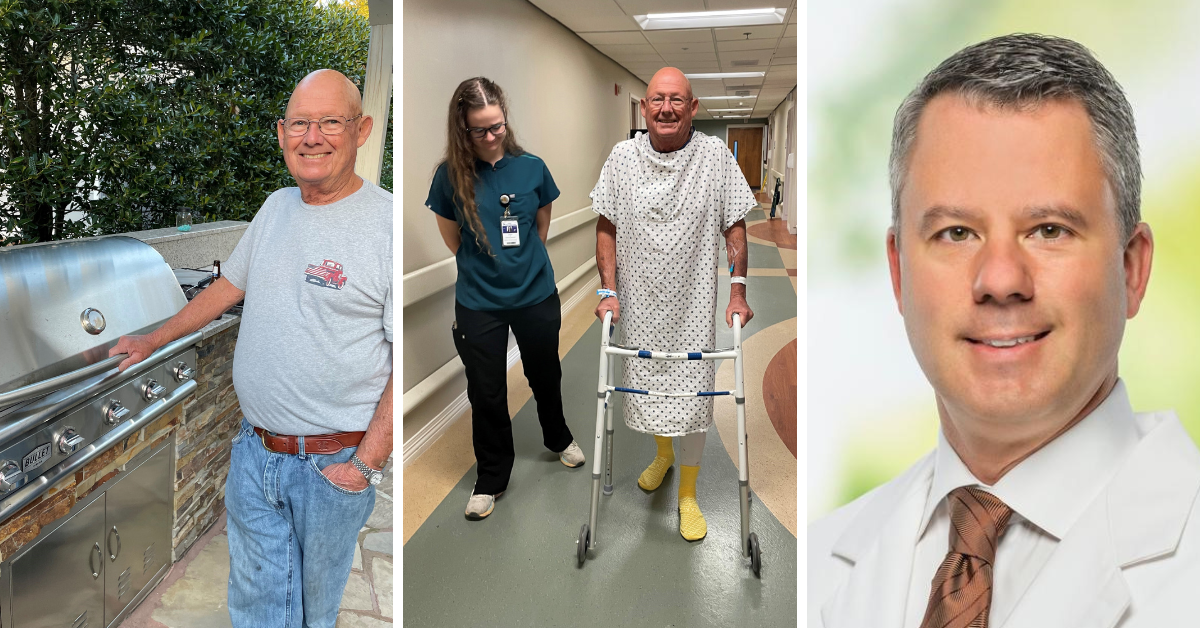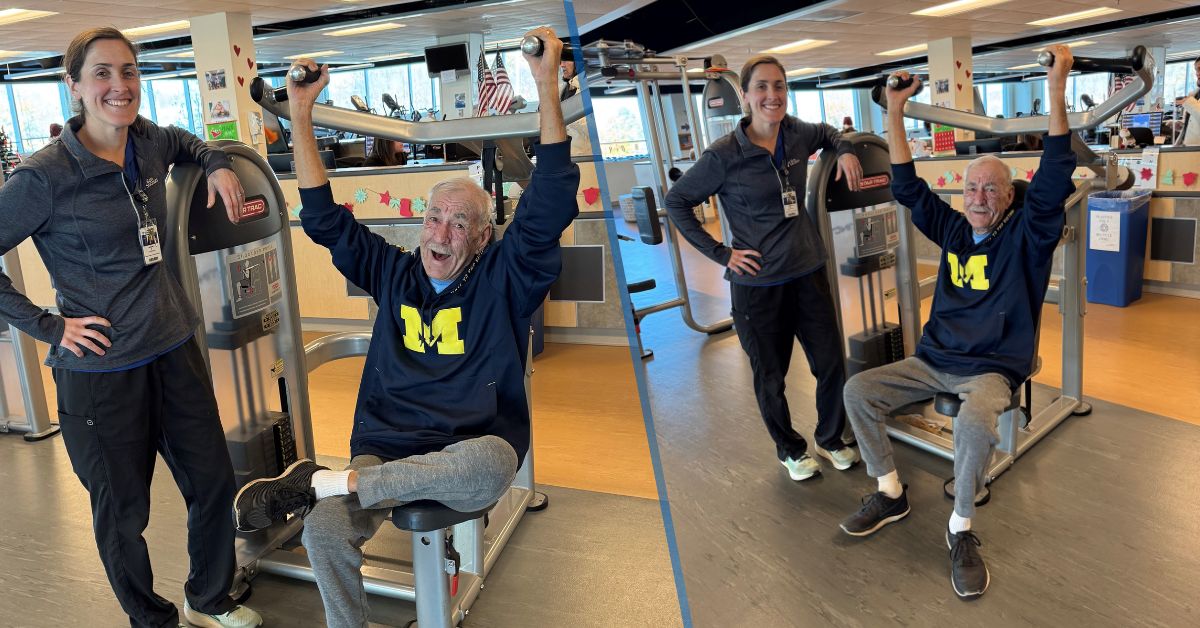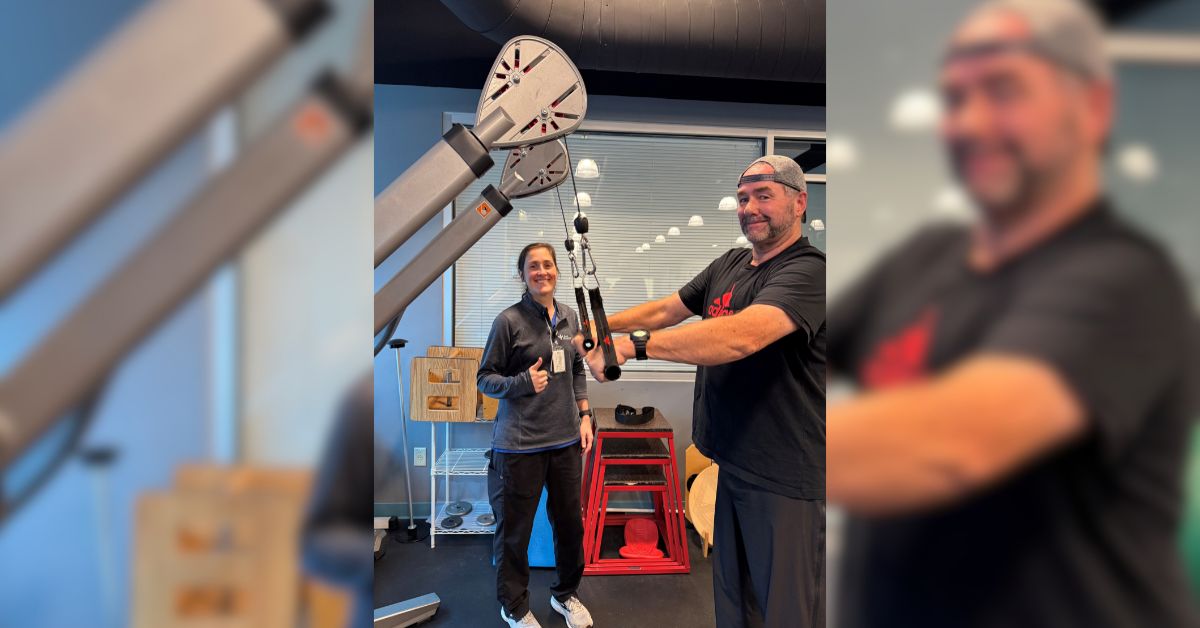Whether you recently started running or you’re a seasoned veteran, it’s necessary to have the right equipment. While considered a sport with relatively low equipment needs, running shoes are arguably the most important. However, they don’t last forever, which raises the question – how often should you replace running shoes?
The short answer is that it depends. There are several factors that affect the longevity of your shoes.
Rishi K. Bala, MD, CAQSM, RMSK of Bon Secours Sports Medicine & Primary Care at Training Camp adds, “as with any new training program, starting slowly with correct footwear can help to prevent chronic injuries from developing and help your ligaments/joints get ready for what’s to come. Remember that although high intensity exercise gives great results, always build rest/recovery days into your workout and feed your body the proper nutrition it needs to help you reach your best!”
How often should you replace running shoes?
When it comes to the life of your shoes, it’s less about time and more about mileage. It’s generally considered time for a new pair after you’ve worn them for 300 to 500 miles. After that, the wear and tear on them has likely caused the cushioning and soles of your shoes to break down, diminishing their shock absorption.
There are a few ways to keep track of your shoes’ lifespan. Some running apps allow you to add your shoes to workouts, which automatically tracks how far you’ve run in a specific pair of running shoes. Many apps with this function will also send you an alert when your shoes cross a mileage threshold, letting you know it may be time to retire them.
However, if you don’t track your exact mileage, you can estimate. Determine your average weekly mileage – for example, if you run about 12 miles a week, it would take around 25 weeks, or roughly six to seven months, to reach 300 miles.
How do you know if your running shoes are worn out?
Outside of tracking your mileage, there are other signs that your shoes are reaching the end of their life. Some are fairly distinct, such as foot or ankle pain, but others are a little more subtle.
Running shoes take a beating, but it’s not always in places that you can see from the outside of the shoe. Some signs it’s time to replace your running shoes include:
- There’s little to no bounce: Running shoes have a foamy midsole that should bounce when they’re newer, but that breaks down the longer you run in them.
- You’ve owned them for a long time: If you have a pair of running shoes you haven’t worn a lot but have owned for a long time, it might be time to replace them. Materials in shoes wear out with time and exposure to the air, which can affect the structure and support.
- Worn soles: Flip your shoes over and look at the tread. Is it wearing down? Do you see bald patches on your shoe soles? Shoes wear down from abrasion on the ground, like the tires on your car. Running in worn shoes can give you blisters or, even worse, lead to injury.
- Uneven wear: If you see places on your shoe that are unevenly worn down, you may need to reconsider the type of shoe you’re wearing or look into orthotics or insoles.
- You’re more tired after a run: A lot of factors could contribute to being more tired than usual after running, such as dehydration. However, shoes that are worn out force you to work harder than you would, contributing to fatigue.
- New aches and pains: This is a sign that you may have worn them past their limit. While it’s normal to feel a little sore the day after a hard workout or long run, these stick around as long as you keep wearing the shoes.
What happens if you don’t replace running shoes?
Wearing old running shoes that are past their prime increases risk for overuse injuries. Shoes are designed to support the feet, and if they’re not doing that, you may start compensating by changing your gait or foot strike.
Even if you’re not changing how you run, less cushioning in worn out shoes increases the impact on your joints. Pain from this can manifest in your feet, ankles, lower back, legs and hips.
How many pairs of running shoes should you have?
Many runners have one pair of shoes they wear for runs and use those until it’s time to get a new pair, which is fine. However, you might consider rotating multiple pairs of shoes, depending on how much you run.
There are a few reasons you may choose to do this:
- A pair for specific workouts: Some brands or models of running shoes are made for different types of running. While one may be better for speed work, another might be designed to support distances and even another might be for trail running. If you like to change your running workouts, having a pair of shoes specific to each can help.
- Longevity: While it’s still a best practice to replace your shoes after 300 to 500 miles, some people are harder on their shoes than others and wear them out before they ever reach that mileage. Rotating your shoes allows your shoes to rest – especially if you run every day – giving the soles time to decompress and for the whole shoe to dry out. This can extend the life of your shoes.
- Variety: Rotating your shoes, especially if you wear different brands or models, can give you a slight advantage because the differences in each pair require your feet to adapt.
Are running shoes OK for everyday wear?
It’s a good idea to save your running shoes for just that – running. Any type of wear will add to the breakdown of your shoes and the overall mileage on them, decreasing their lifespan.
If you like how they look for casual wear, wait until you retire them from running before adding them into your everyday rotation. Unless they’re worn out or falling apart, retired running shoes can be used for lower-impact workouts, running errands, yard work or other uses.
When to see a provider
While running shoes don’t last forever, some aches and pains may stick around. When that happens, consider making an appointment with an orthopedics or sports medicine provider to identify what’s causing your pain and prevent a more significant injury.
Learn more about the orthopedics and sports medicine services we offer at Bon Secours.





